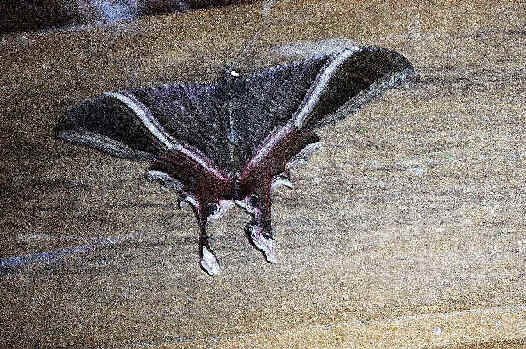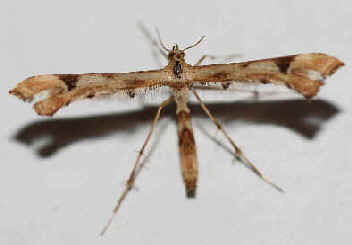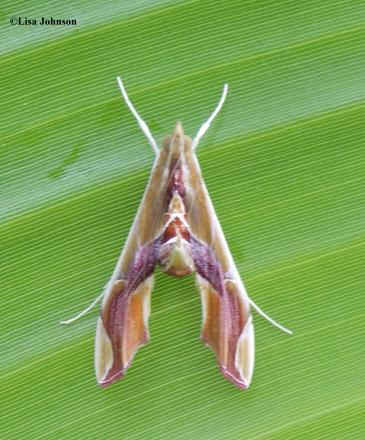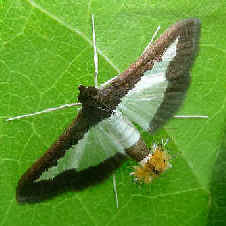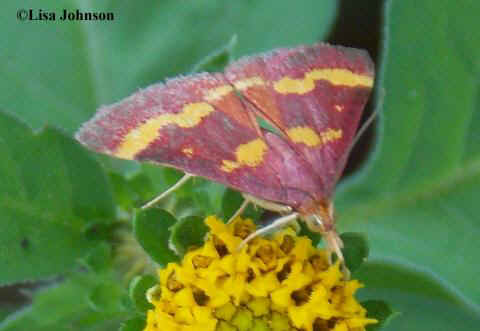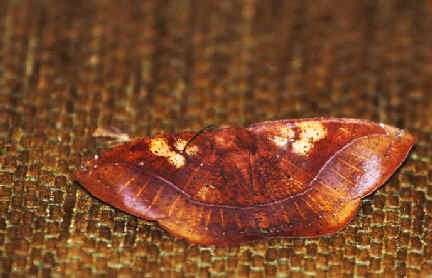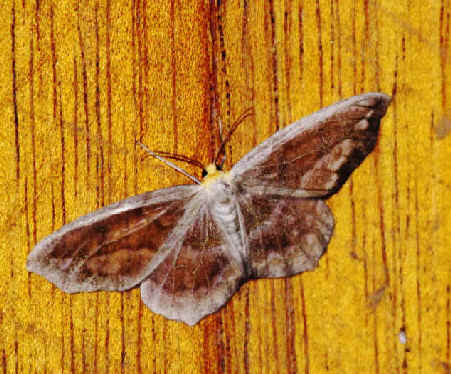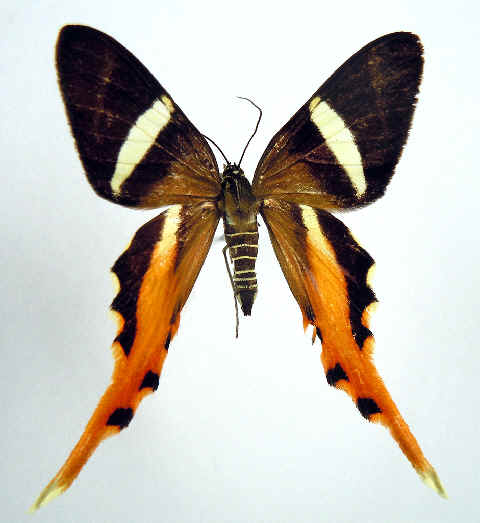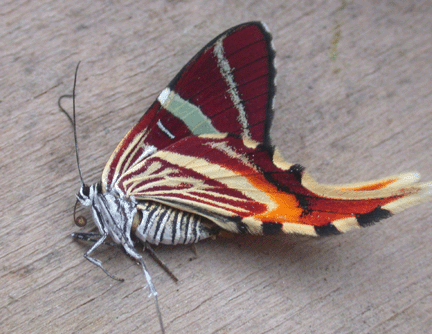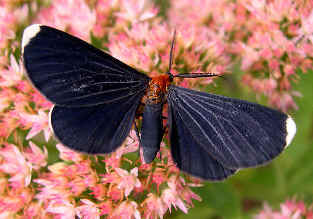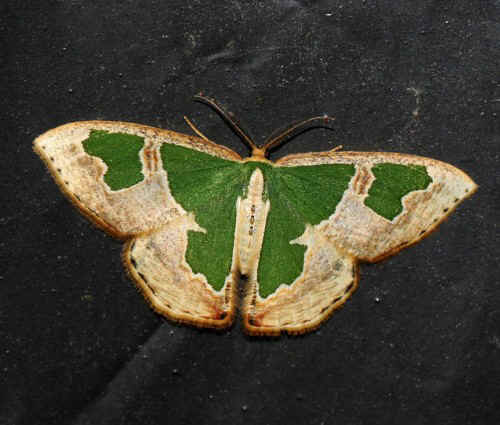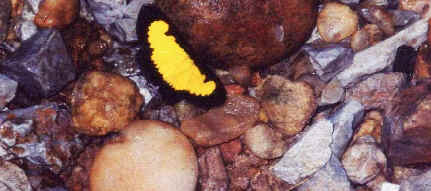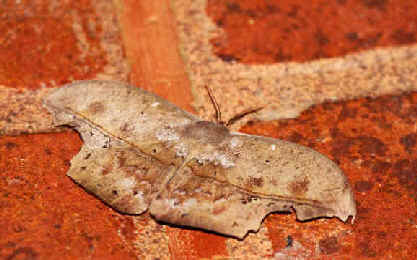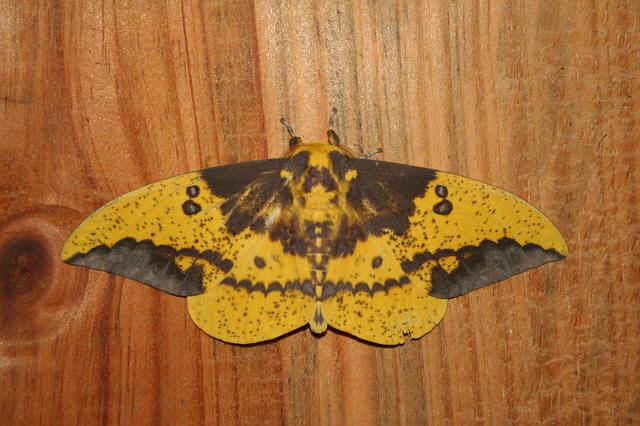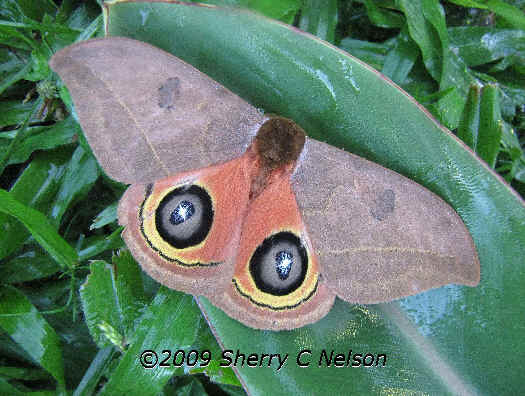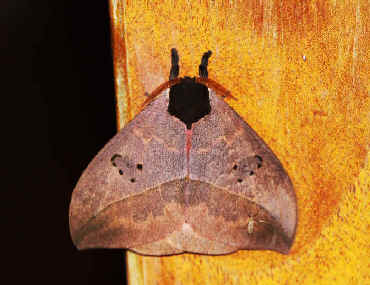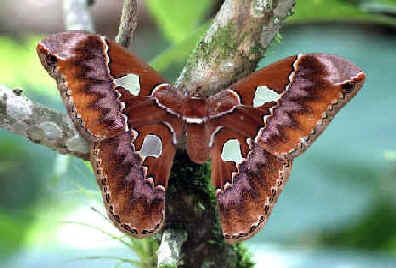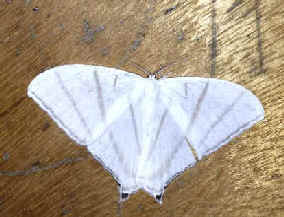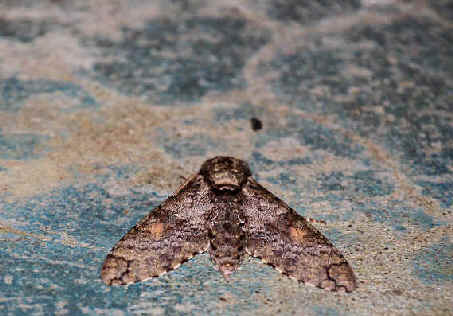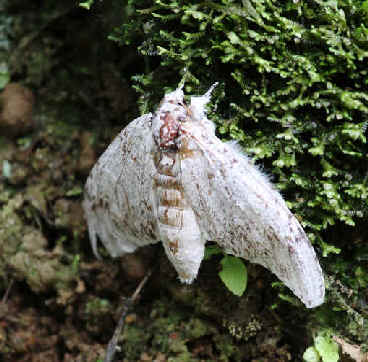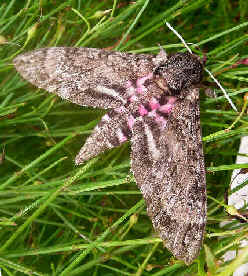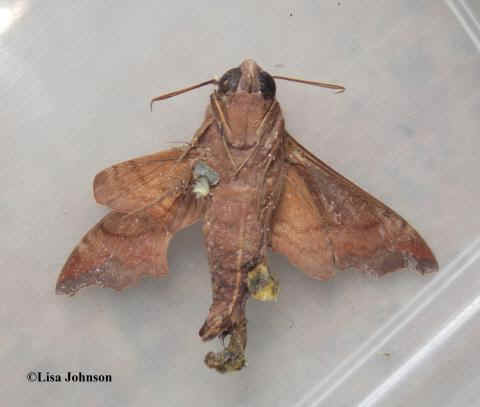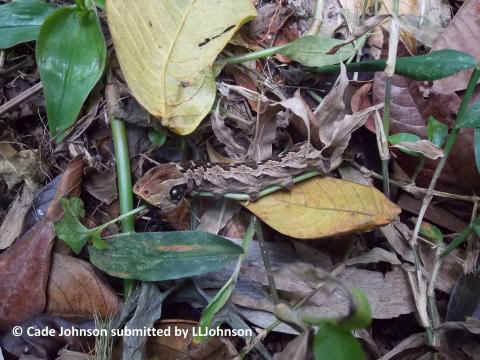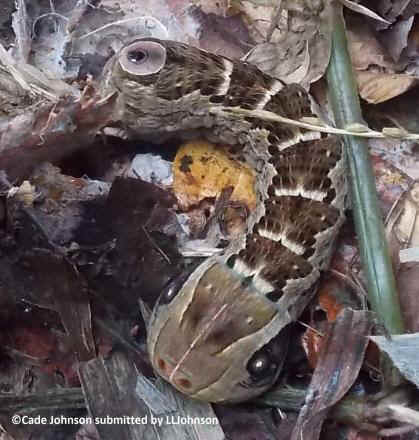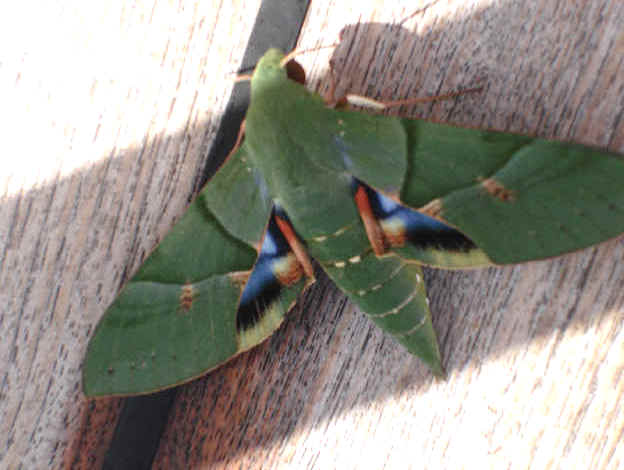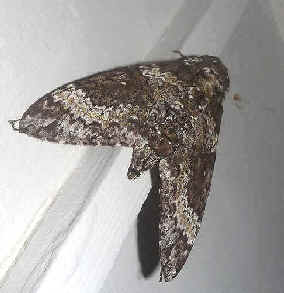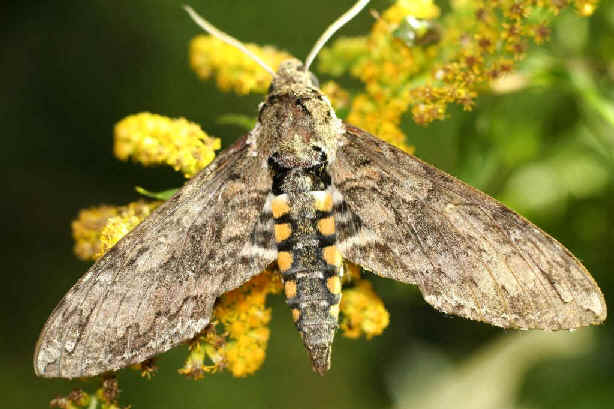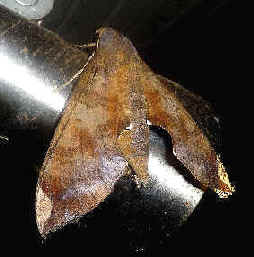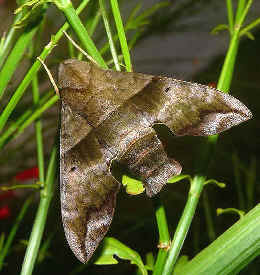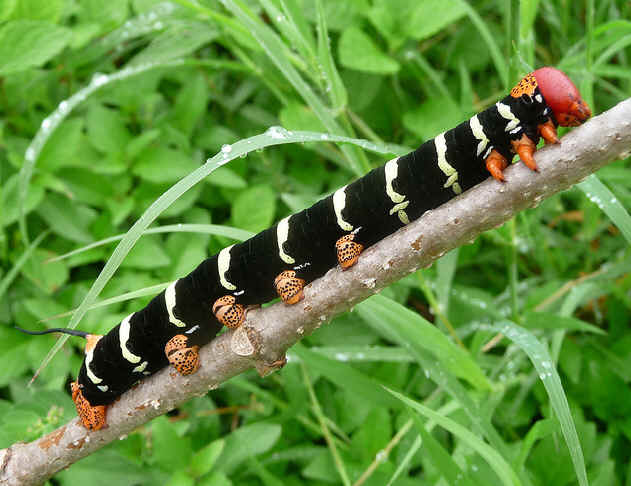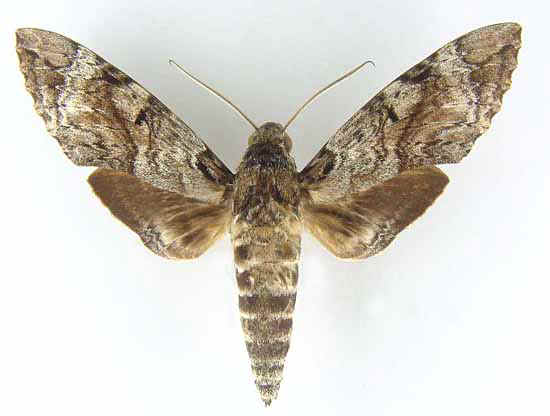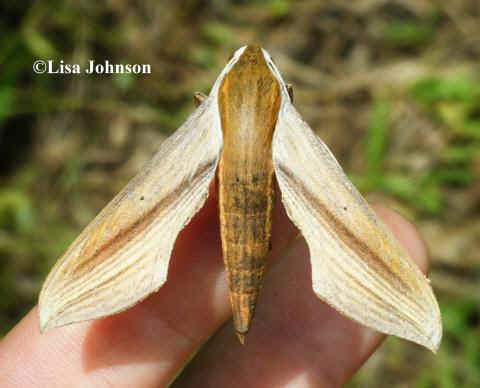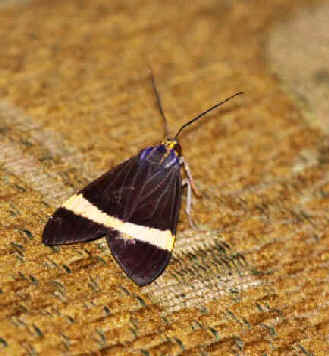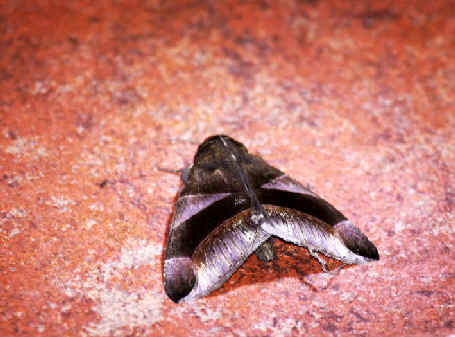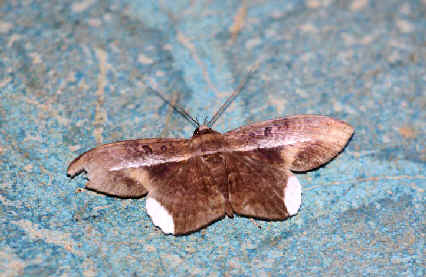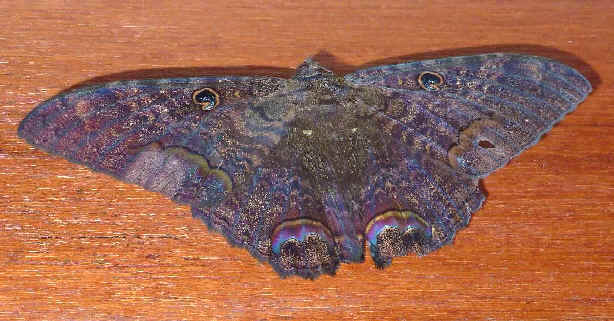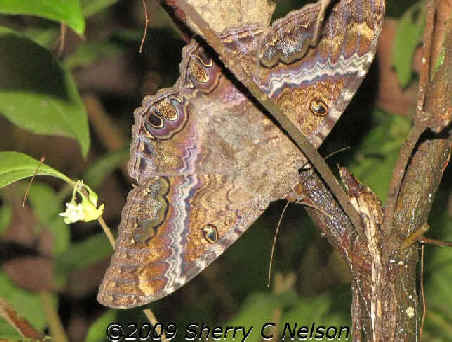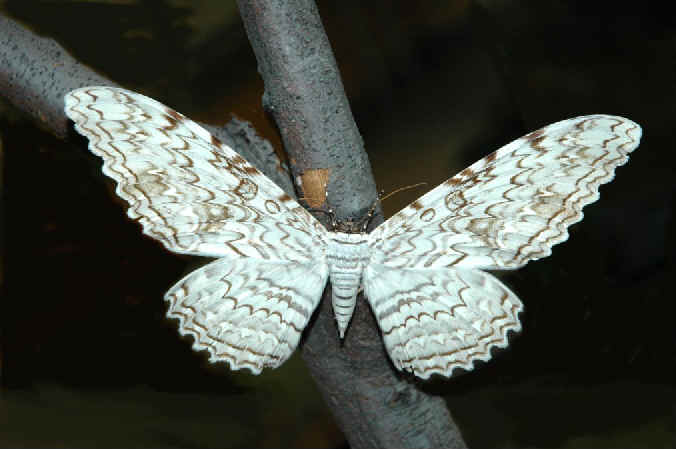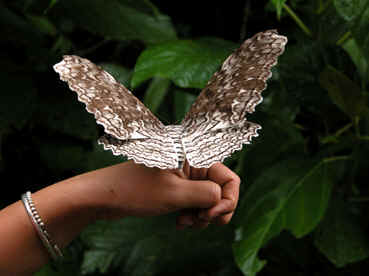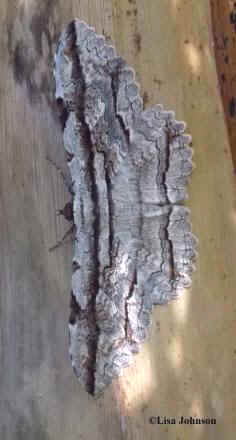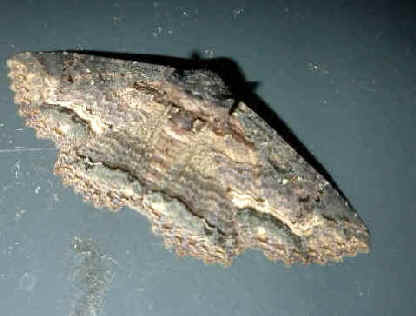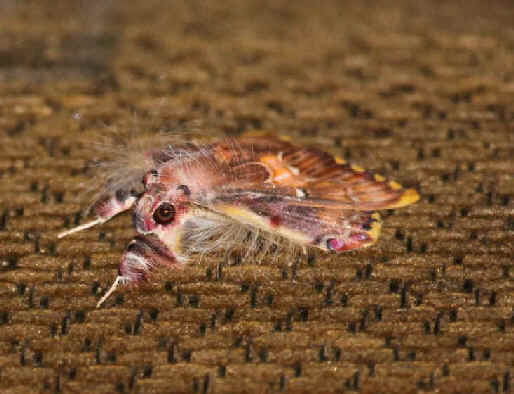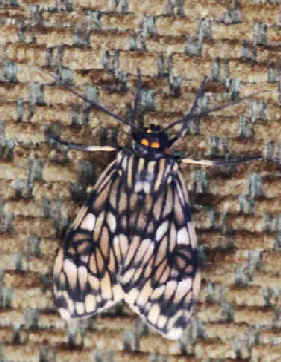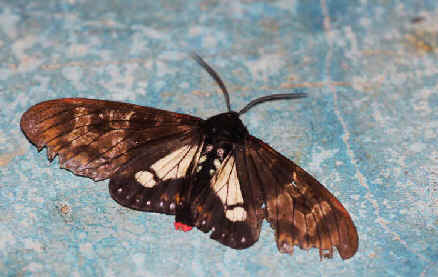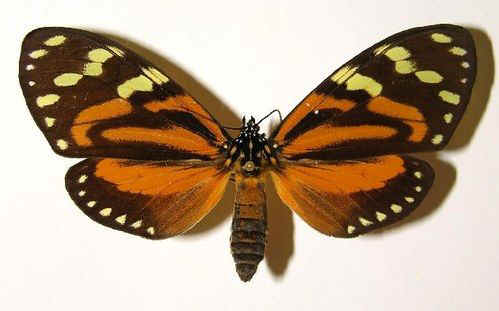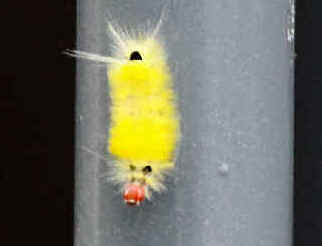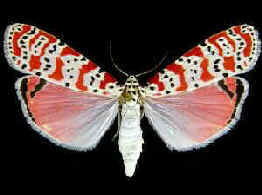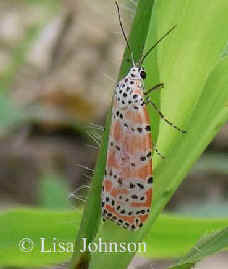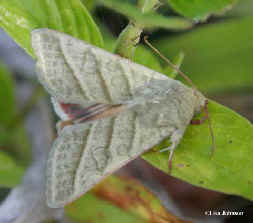
E-mail: font@focusonnature.com
Phone: Toll-free in USA 1-888-721-3555
or 302/529-1876
 |
PO Box 9021,
Wilmington, DE 19809, USA E-mail: font@focusonnature.com Phone: Toll-free in USA 1-888-721-3555 or 302/529-1876 |
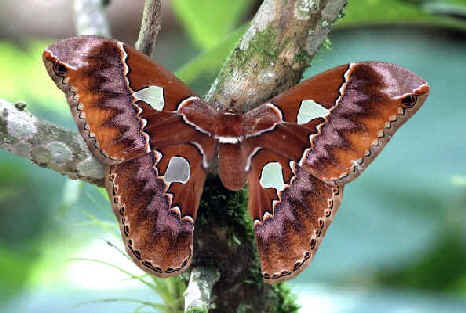 A
List
of Some
A
List
of Some
Moths
of South America
including those
during
Focus On Nature Tours
This List of South American Moths
compiled by Armas Hill
A LINK to a LIST of SOUTH AMERICAN BUTTERFLIES
A LINK to a PHOTO GALLERY OF MOTHS & BUTTERFLIES DURING FONT ECUADOR TOURS
Photo at upper right: a
SILKMOTH in the ROTHCHILDIA genus in the SATURNIIDAE family
(photo by Marie Gardner,
in July 2013 during the FONT birding and nature tour in southern Ecuador)
Codes:
M#xxxx: MONA (Moths of
North America)
Numbers
These generally were
Hodge's Numbers, from the
"Check List of the Lepidoptera North of Mexico"
by R.W. Hodges et al.
That 1983 list (actually compiled thru 1978) is outdated, but the numbers have
long been used (and continue to be in the MONA listing).
Numbers noted as
(BMCR:xxx)
refer to plates with an illustration in the
book
"Butterflies & Moths of Costa Rica"" by Isidro Chacon
& Jose Montero, 2007 (followed by -c: caterpillar,
-co: caterpillar only)
Numbers noted as
(EBE:xxx)
refer to pages with a photograph in the
book
"Ecuador's Butterfly Ecology" by Xavier Silva (followed
by -c: caterpillar, -co: caterpillar only)
Numbers noted as
(W:xx)
refer to pages with a photograph in the book
"Caterpillars of Eastern North America" by David Wagner, 2005.
Numbers noted as
(WC:xx)
refer to pages with an illustration in the book
"A Wildlife Guide to Chile" by Sharon Chester, 2008
An excellent source of information is the new book (published in 2011): "A
Guide to the Hawkmoths of the Serra dos Orgaos (in south-eastern Brazil)" by
Alan Martin, Alexandre Soares, Jorge Bizarro. That book has been a good
reference for us here.
There is a section in the book with photographs of hawkmoths.
Numbers in this list noted as (HSB:xxx) refer to
the number of the photo in the book with the particular species.
HSB = Hawkmoths Southeast Brazil
Countries and Regions where the species occur:
AR: in Argentina
BL: in Bolivia
BR: in Brazil
se: in southeast Brazil
CH: in Chile
CL: in Colombia
EC: in Ecuador
PE: in Peru
(*) following the two-letter code indicates a species seen during a FONT tour in
that country
(ph): species with a photo in the FONT website
In this listing, there is some updated taxonomy with the family EREBIDAE containing
moths that were formerly classified in the family NOCTUIDAE, plus all of
the former members of the families ARCTIIDAE and LYMANTRIIDAE.
This re-classification has not yet met with general consensus, and many
resources and publications still follow the older classification scheme.
As of now, there are about 605 species of moths in this list.
Among
the Moth Groupings in the following list, links to these families:
Uraniidae:
Scoopwings Adelidae: Fairy Longhorn
Moths Thyrididae: Window-winged Leaf Moths
Cossidae: Cossid Millers Pterophoridae:
Plume Moths Megalopygidae: Flannel Moths
Gracillaridae: Leaf Blotch Miner Moths Tortricidae: Leafroller
Moths Aididae Limacodidae: Cupmoths
Dalceridae Lacturidae Zygaenidae
Mimallonidae Lasiocampidae
Eupterotidae
Bombycidae Pyralidae: Pyralid, or Snout
Moths (includes what has been Crambidae)
Hedylidae: American Moth-Butterflies Castniidae: Giant Butterfly Moths
Geometridae: Geometer Moths (Loopers, Inchworms,
Spanworms) Saturniidae: Giant Silkmoths
Sphingidae: Sphinx Moths
Lymantriidae: Tussock Moths Sematuridae: American Swallowtail Moths
Dioptinae
Doidae Notodontidae:
Prominents
NOCTUID MOTHS Erebidae: subfamily
Herminiinae: Litter Moths
Erebidae: subfamily Erebinae (formerly Catocalinae)
Erebidae: subfamilies
Hypeninae, Calpinae. Ophiderinae, Eulepidotinae
Arctiinae: Tiger Moths, Ctenuchini: Wasp Moths, Lithosiini:
Lichen Moths, & Pericopini
Euteliidae
Nolidae Noctuidae: Owlet Moths & Miller Moths
Other
Links:
Upcoming Birding & Nature
Tours in the Cemtral America Upcoming FONT Tours Elsewhere
Alphabetical Directory of Moths by Genus with Photos in the FONT Website
Other Photo Galleries & Lists of: Butterflies, Moths, Dragonflies & Damselflies
Birds Mammals Amphibians, Reptiles Marine Life Plants

This
large moth is known as the White Witch.
Large it is, up to 12 inches across.
Two more photos of this moth, and another of the Black Witch,
are in the list below, in the family Erebidae.
(above photo by James Audlin)
The following is from the book
"Butterfly People. An American Encounter
with the Beauty of the World", by William Leach, published in 2013,
comparing moths to butterflies:
"Moths and butterflies both belong to the same order, Lepidoptera. Each
undergo a complete metamorphosis and each are with wings covered by scales,
shingled one upon another, and stamped with color that contributes to the total
"tiled mosaic" of the wing.
Both have a proboscis, or a long, slender, coiled-up tube attached to the head,
which the insects uncoil to suck nectar from many kinds of flowers, pollinating
as they go. As caterpillars, however, they are much more choosy, with some
dependent on only one food plant, others on a few, and still others on many
different species of plants.
Both moths and butterflies are cold-blooded, requiring an infusion from the heat
of an ambient atmosphere.
But even with their similarities, the differences between moths and butterflies
abound.
In the most general terms, the majority of moths have feathery, tapered
antennae. These, like radar, guide them through the dark, and the males rely on
them to pick up the scent of females.
Butterflies generally have clubbed or hooked antennae, used to smell and track
down nectar, and for sexual purposes.
Moths have thick, commonly hairy bodies and large multifaceted, compound eyes
and usually inhabit the night, while the majority of butterflies fly by day and
have smaller eyes and thinner, relatively hairless bodies.
The classic exception for moths are those belong to the URANIIDAE family. They
look like butterflies in nearly every respect and are among the most stunning
diurnal lepidoptera in the world."
Our list of moths here begins with those in the Family URANIIDAE.
A List of selected Moths in
Central America:
Family
URANIIDAE, Subfamily URANIINAE: the SCOOPWINGS
URANIIDAE is a widely distributed family in the world.
Worldwide, there are
about 700 species in some 90 genera.
